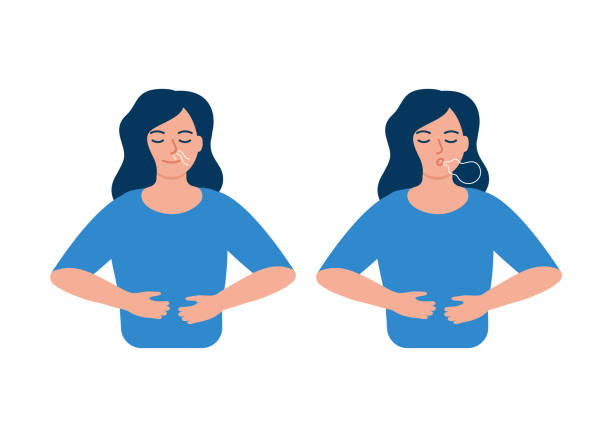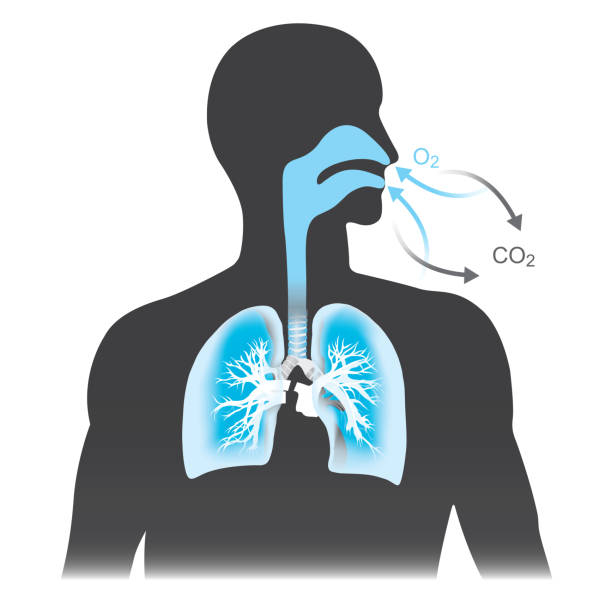How do people breathe in and out?
The process of moving air into and out of the lungs to permit gas exchange with the internal environment, primarily to flush out carbon dioxide and bring in oxygen, is known as breathing (or ventilation). All vertebrates with lungs breathe by inhaling and exhaling repeatedly through a highly branched system of tubes or airways that connect the nose to the alveoli. The breathing rate, or number of respiratory cycles per minute, is one of the four major vital indicators of life. Normal breathing depth and rate are maintained automatically and subconsciously by multiple homeostatic systems that maintain constant partial pressures of carbon dioxide and oxygen in the arterial circulation.
Keeping the partial pressure of carbon dioxide in arterial blood constant throughout a wide range of physiological conditions contributes greatly to tight regulation of extracellular fluid pH. Over-breathing (hyperventilation) and under-breathing (hypoventilation), which decrease and raise the arterial partial pressure of carbon dioxide, respectively, cause the pH of ECF to rise in the first case and fall in the second. Both produce upsetting sensations.
When you require more oxygen than normal, your brain compensates. When you exercise or work hard, your brain instructs you to breathe faster and take in 15 to 20 times more air. If that still doesn't provide enough oxygen to your muscles, you may "run out of breath", forcing you to rest. At that time, you will continue to breathe heavily—every second or so—until your muscles are able to perform again.

















